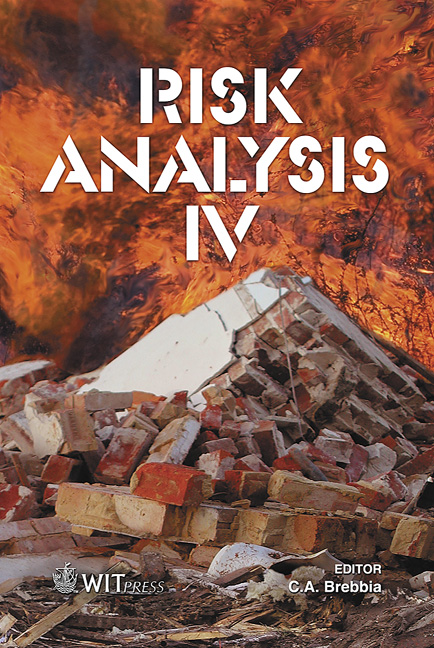Remote Sensing Imagery For Damage Assessment Of Buildings After Destructive Seismic Events
Price
Free (open access)
Transaction
Volume
77
Pages
10
Published
2004
Size
1,883 kb
Paper DOI
10.2495/RISK040661
Copyright
WIT Press
Author(s)
G. Bitelli, R. Camassi, L. Gusella & A. Mognol
Abstract
The adoption of a macroseismic scale to describe the effect of an earthquake requires the collection in a short time of a comprehensive documentation about damage on buildings and structures. In the case of large destructive earthquakes, however, the traditional field surveying methods are time consuming and costly. This is true though new methods and technologies can offer today more effective and rigorous solutions. Satellite imagery can play an important role for monitoring of earthquake effects on the builing estate, representing an extensive and quickly available information on the pre- and post-event situations. Where a cartographic base is not available, this could be the only reachable solution. Furthermore, the new generation of very high resolution imagery, with a ground pixel size on the order of one meter, may permit one to obtain a detailed description of the damage referred to each building, with very significant savings in time and costs in respect to other techniques. The paper presents the results of a research carried out on the Marmara (1999) and Boumerdes (2003) highly destructive earthquakes. Pre- and post-event images acquired by different platforms, from medium to very high resolution, panchromatic and multispectral, were evaluated and compared, and specific considerations made about their characteristics; some damage classifications are presented, where different approaches were applied. Keywords: remote sensing, VHR imagery, earthquake, macroseismic, disaster, multitemporal, change detection, classification.
Keywords
remote sensing, VHR imagery, earthquake, macroseismic, disaster, multitemporal, change detection, classification.





